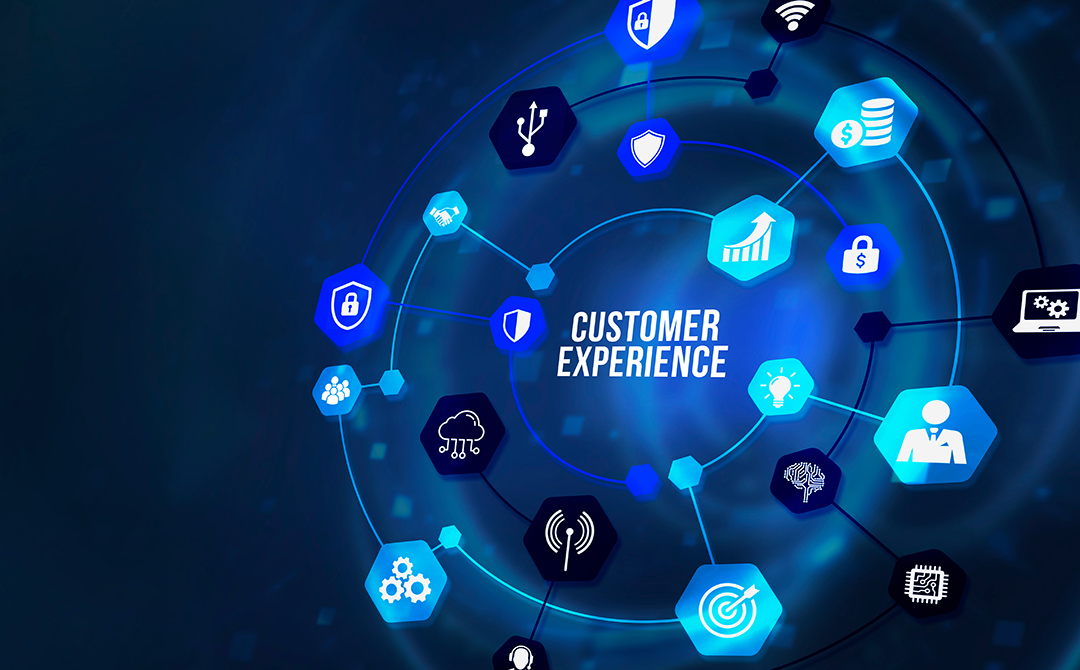
Data is vital to scale enterprises’ daily operations. In order to take advantage of Data, it is necessary to break down data silos. Despite sitting on piles of data, large enterprises lack insights. Consequently, many retailers and CPG companies struggle to account for their information assets. Data siloing limits their ability to leverage and use data for analytics to drive competitive advantage.
To break data silos, enterprises need to consolidate data from their databases, platforms, and other sources into a central repository to get a 360-degree customer view. Later, they can embed it with AI-/ML-based behavior prediction models to democratize customer data & insights.
But, how to do it?
Organizations need a scalable and agile customer data platform. Before diving deeper, let’s explore what it means and why it is important for omnichannel visibility.
What is a customer data platform?
A customer data platform (CDP) is a software application that collects, manages, and unifies customer data from multiple touchpoints to present a coherent, 360-degree view of each customer profile, also known as a single customer view (SCV), to all teams in the organization. A CDP platform helps a business in more intelligent and effective decision-making.
CDP Institute defines a customer data platform as “a packaged software that creates a persistent, unified customer database accessible to other systems.”
Unifying customer data points and interactions such as user feedback, marketing clouds, service software, campaign metrics, POS, IoT data, etc., from disparate sources is incredibly cumbersome. Hence, Customer Data Platform Solutions are one of the fastest-growing categories in MarTech.
Where’s the challenge?
Let’s face it: Almost 60% of the global population is connected online, and the customer is in more control than ever. Customers want more and more personalized experiences and real-time solutions to their pain points. It’s now table stakes for organizations to deliver on these all-time high customer expectations
The challenge here is that the customers now interact with brands across multiple sources – website, in-store visits, mobile applications, social media, email campaigns and many more. Hence, customer data sets (transactional, behavioral, demographic) are now diverse and available in structured, unstructured, and semi-structured formats.
The truth is that many organizations are still grappling with a number of legacy systems and technologies that don’t just cut anymore. Hence, the result is a disconnected customer experience that significantly hurts business growth.
It’s, thus, increasingly becoming important for businesses to invest in a customer data platform that can aggregate and structure critical, real-time data from first-party sources for all teams to access in one centralized location, and get a holistic view into your individual customer’s attributes, needs, and preferences.
How does a Customer Data Platform work?
A robust CDP platform easily integrates with your technology ecosystem and existing data sources via built-in connectors, webhooks, and APIs, and facilitates smooth retrieval of the data stored.
A customer data platform solution binds identifiers from varied systems, validates and cleans the disparate data sets collected from a multitude of offline and online sources to autonomously build single customer view (SCV) profiles. This unification process is known as identity resolution. The customer profiles are then supplemented with second- and third-party data sources to plug in the missing key attributes and the SCV profiles are updated with the most recent information.
Know how Tredence helped a major retailer serving +100M households by developing a Customer Data Platform.
A CDP platform, thus, demolishes data silos within an organization. Often data silos surface when the technology stack fails to match the pace at which the business scales up, thus creating a less collaborative work environment.
It’s a common myth that a customer data platform is a data management platform. It’s NOT. A CDP platform works with both:
- Personally identifiable users
- Anonymous users
Using the latest AI/ML, predictive analytics and audience segmentation capabilities, a customer data platform analyzes and segments SCVs throughout the customer life cycle to deliver the right message to the right customer on the right channel at the right time.
Benefits of a Customer Data Platform for Customer Experience Management
Before deep diving into the benefits of a customer data platform solution, let’s take a moment to understand what makes the customer experience great.
Imagine your customers are in the buying process, and you offer them contextual and consistent experience throughout by delivering them right messages on their preferred channels of content consumption at the right time of the day, based on their previous purchase history or behavioural patterns.
In today’s hyperconnected age, customer experience management is at the heart of every business strategy. In fact, customer experience management is one of the most common business use cases of a customer data platform.
By unifying all forms of data (structured, unstructured, online, offline) and building a centralized view of the customer, a CDP platform helps different departments collaborate to achieve the common goal – delivering personalized customer experiences or integrated customer engagement.
Did you know? Businesses that manage to deliver personalization drive a 5-15% increase in revenue and a 10-30% increase in marketing spend efficiency.
A customer data platform can help your business:
- Deliver a consistent brand experience across different channels and devices.
- Effectively manage non-linear customer journeys that include multitudes of sources or interactions
- Boost personalization, segmentation and targeting for delivering relevant content to the customer at the right time on the channel of their choice.
- Leverage it as an engagement platform for optimizing customer interactions.
- Boost retention rates
- Improve revenue
Conclusion: Improve conversion, increase retention and maximize the efficiency with an AI-led CDP platform
A business can’t deliver a 5-star customer experience if its teams don’t have a uniform, consistent view of its customers’ profiles. But, that requires a business to overcome its data challenges as it can be immensely tough to locate, or it can exist in silos due to fractured processes or disparate systems.
A customer data platform rationalizes customer data records by associating different identifiers with each customer to build a holistic and persistent customer identity and reduce ad spend waste, while delivering personalized experiences across varied channels based on segmentation and activity.
Having a 360-degree view of the customer profile is no longer a nice-to-have but mission-critical for a business to deal with ever-increasing volumes of customers and multiple interactions during complex purchase journeys.
The moot question here is – would you be able to deliver superior customer experiences without a CDP platform today?
Talk to us and schedule a demo to reboot your data strategy with a customer data platform solution.?

AUTHOR - FOLLOW
Abhishek Kumar
Associate Manager, Marketing
Topic Tags




